Trying to pick the right paint color for your home?
Color palette selection can seem intimidating when you start a whole home renovation. On smaller projects, you typically design around a single feature with a clear goal in mind. On a whole home project, you’ll need to think about how each room works together, while also matching colors with flooring and other features.
Renovation is an opportunity for you to get creative, choosing colors and design elements that reflect your style and personality. Rather than let anxiety take over, you can learn about some simple tips, tricks, and things to avoid as you choose colors for your home redesign.
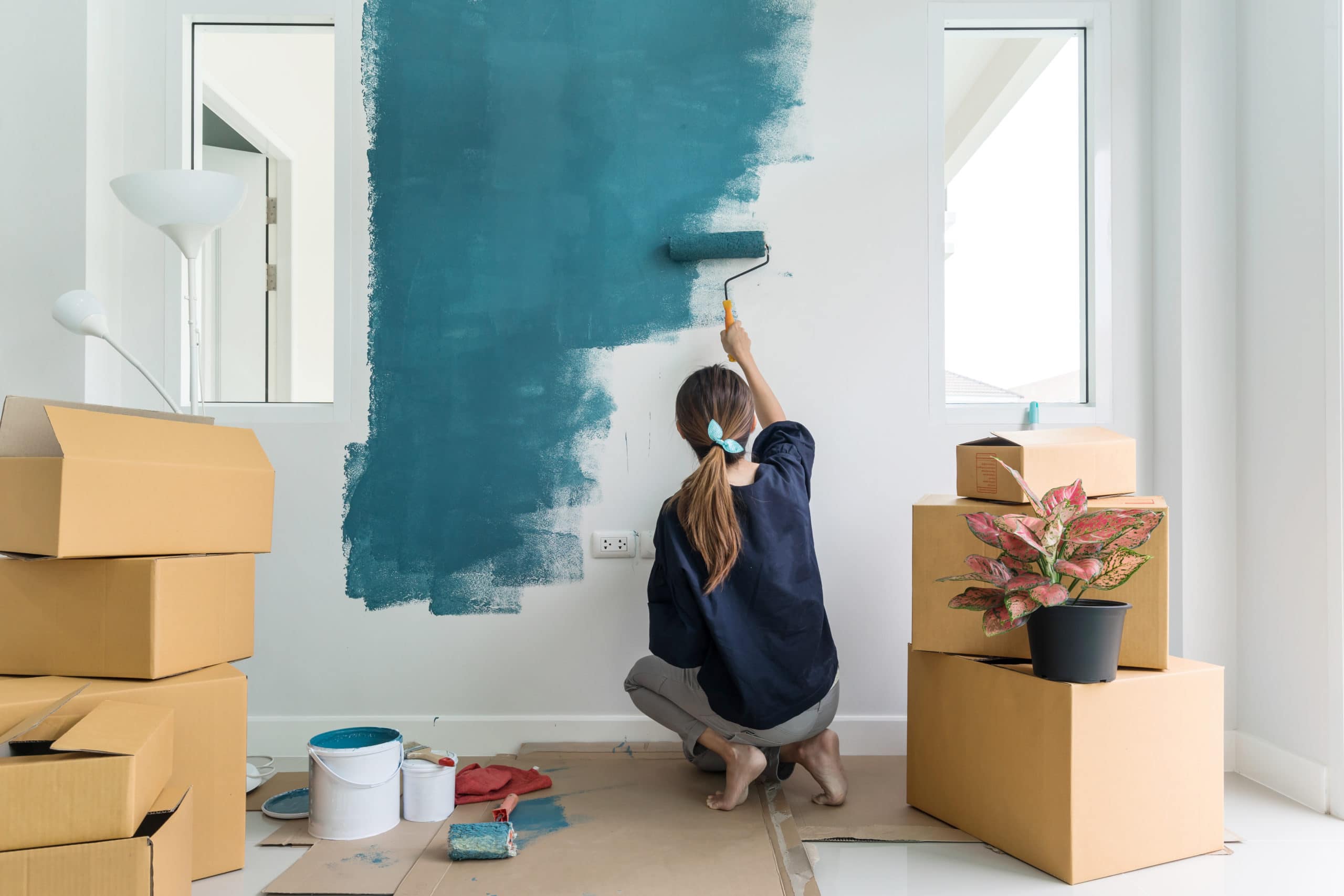
Thinking About Color Before You Start Whole Home Renovation
The ideal color for your home is subjective. You can look to show homes, design magazines, and even examples from your contractor to get ideas. But, at the end of the day, you need to create a space that you will be comfortable in.
Think about the atmosphere that you want to create in your home. Each room has a different purpose, so you could use different palettes throughout the home. You might want your living room to remain mostly neutral, to promote relaxation and comfort. In your kitchen, you could go bolder with color, to promote joy, togetherness, and celebration.
When you paint children’s bedrooms, you’ll likely want colors to be inspiring and creative. In a teenager’s bedroom, something more neutral would be the best backdrop for them to add their own decorative elements.
Lighting should also be a major consideration. In rooms that receive a lot of natural light in the day, bold colors could become oversaturated and overwhelming. Pastel colors could be the best choice if you have large sun facing windows or sliding doors.
Think of each room as a mini project. All your living areas should flow into each other, whereas bedrooms and secondary living areas could have their own unique themes.
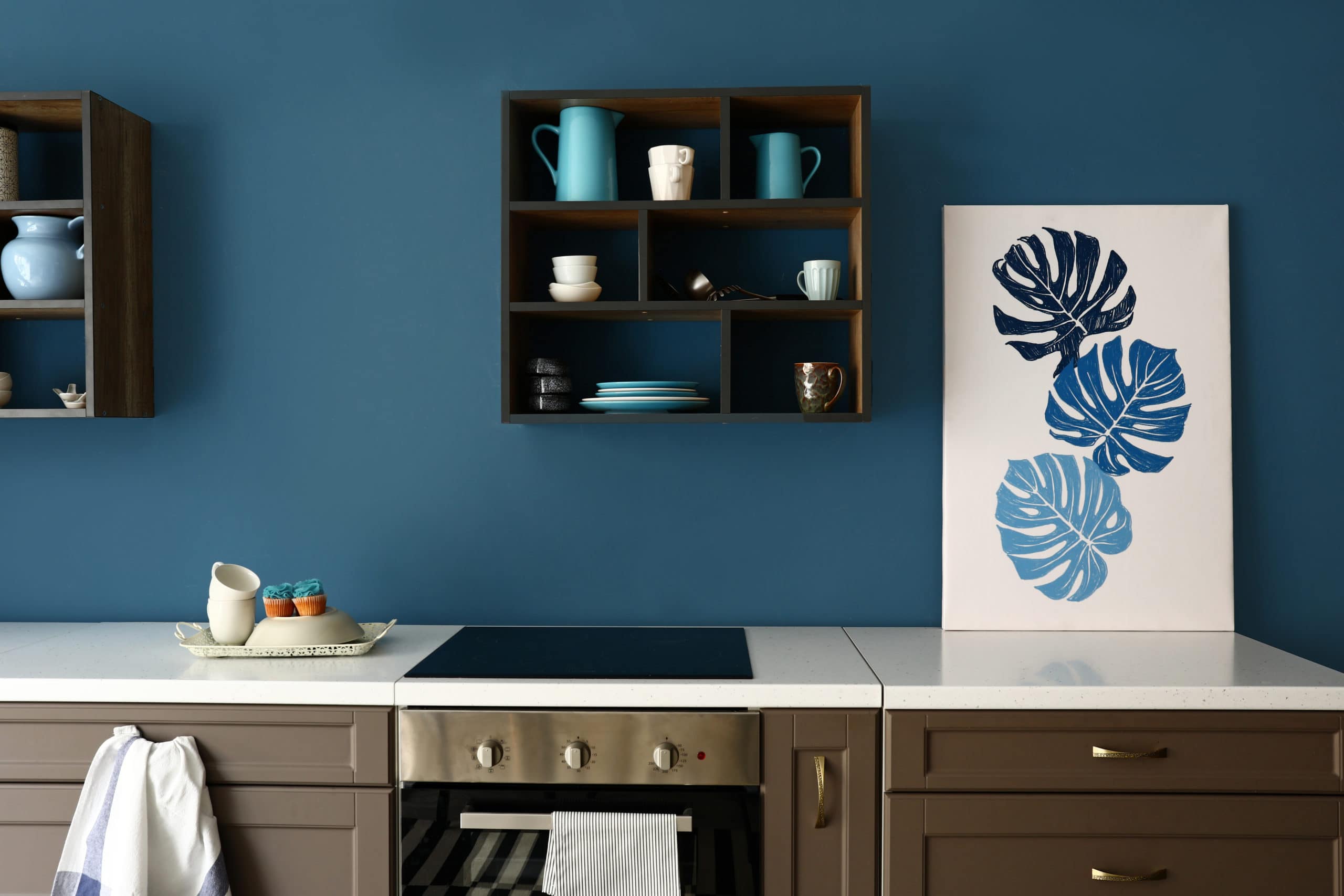
10 Quick Tips for Making Use of Color in Your Home Renovation
- Follow the color wheel! In most contemporary homes, color selection usually follows a conservative approach with hues that closely follow each other on the color wheel. For example, blues and greens will work well with each other, and they fall next to each other on a basic color wheel. Avoid ‘skipping’ colors on the wheel to minimize the chance of developing a jarring aesthetic.
If you find a color that you love, then you can stick with it and then work with various levels of saturation.
- Do you think you don’t have a color preference? You might surprise yourself by taking a look in your closet. Taking inspiration from your favorite clothing could help you to create color palettes that complement your style.
- Base your colors around the biggest feature of the room. This could be a rug, a piece of furniture, or even some artwork. Basing your palette on a key design element will help to make the room feel well planned, with all elements nicely integrated with each other.
- Have you ever heard of the 60 – 30 – 10 rule? It’s a simple ratio used by interior designers, and you can follow it when thinking about colors. 60% of the room should be a dominant base color, and you’ll typically use this on your walls. 30% comes from a secondary color on furniture or other features, and 10% should be an accent color that helps to create some variation.
- You can use gray in place of white to make a room feel modern. White and lighter shades probably come to mind when you think of interior paint. However, you can substitute white for gray, and then use contrasting colors for a contemporary aesthetic. Gray is an excellent base color to use with pastel hues.
- Want something eye catching in your bathroom? Go monochromatic with a dominant color and then white to balance. You can use bold colors such as green, red, blue etc. You could use color on cabinets, mirror frames, and even on your wall tiling. You can then use white as a neutralizer on painted walls, floors, and countertops. This will create a progressive look that is remarkably well balanced.
- Not sure where to start when choosing colors? You could make the planning stage easier by beginning with the formal areas of your home. The entry way, dining room, main living room, and kitchen could all be used to set a color theme that inspires the rest of your whole home renovation.
- Don’t be afraid of using black as a main feature. Black kitchens are particularly popular today, and you can create accents in white or even red to achieve a good balance. If black is outside of your comfort zone, then gray and slate shades could be a better option.
However, you’ll need to be careful when using black in a smaller room. Because black paint and other surfaces will absorb light, they can make a room feel small and cramped. If you like the idea of using black in your home but aren’t sure how to pull it off, you can get help from professional whole home renovation experts in Des Moines.
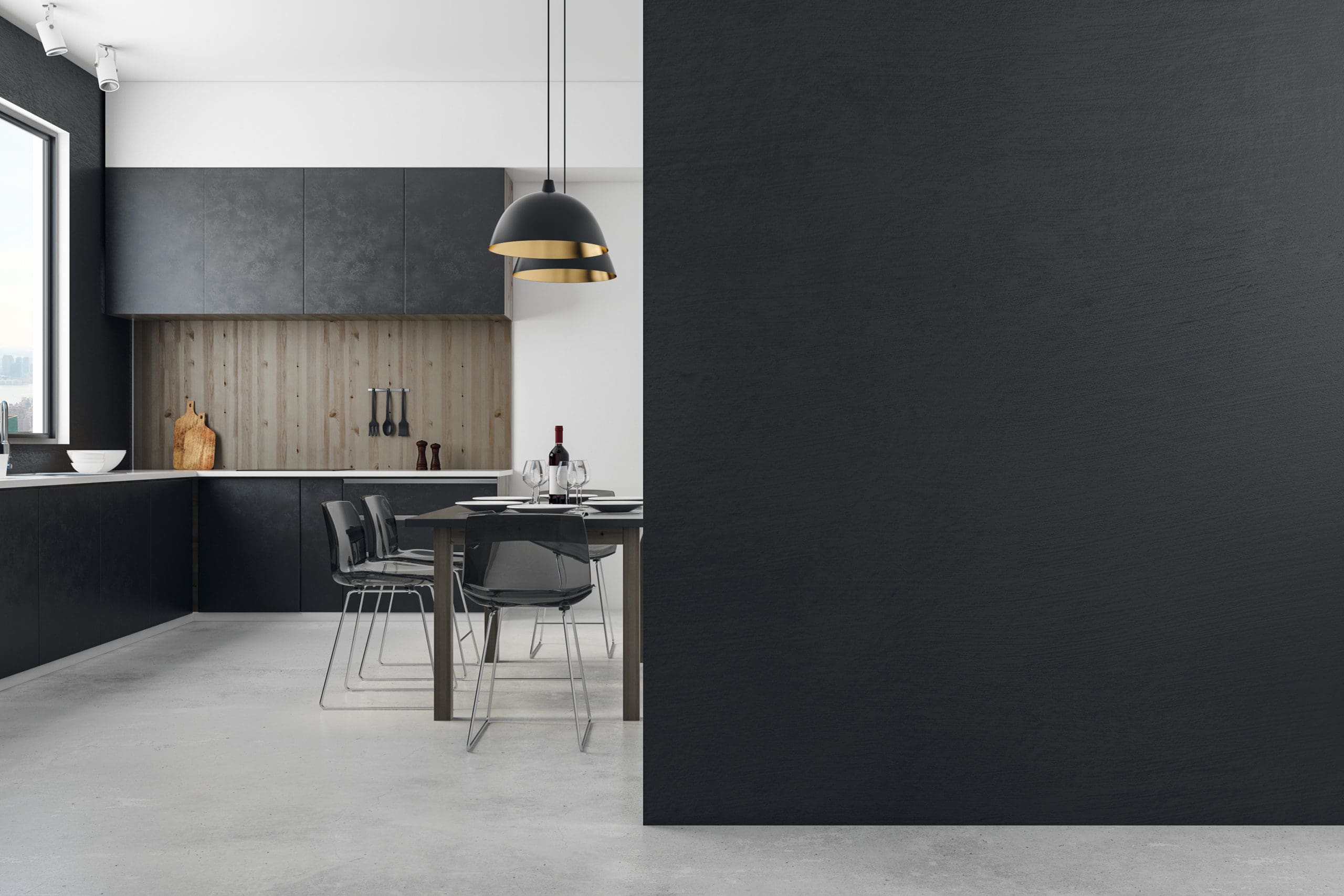
- Think of verticality as you choose your palette. It’s a good idea to start with darker hues at the bottom of a room, and then work your way up to the ceiling.
- Be true to your style. There are no hard rules to using colors. Keeping things conventional is easy and will result in a great contemporary aesthetic. However, that doesn’t mean that you shouldn’t inject some of your own creativity and style. Keep your color selections honest and you will appreciate your home even more. If you have a more eclectic style in mind, then consider using decorative elements, furniture, and artwork to incorporate bold color variations without making a room feel crowded.
After all, a whole home remodeling project is about creating the home that you love.
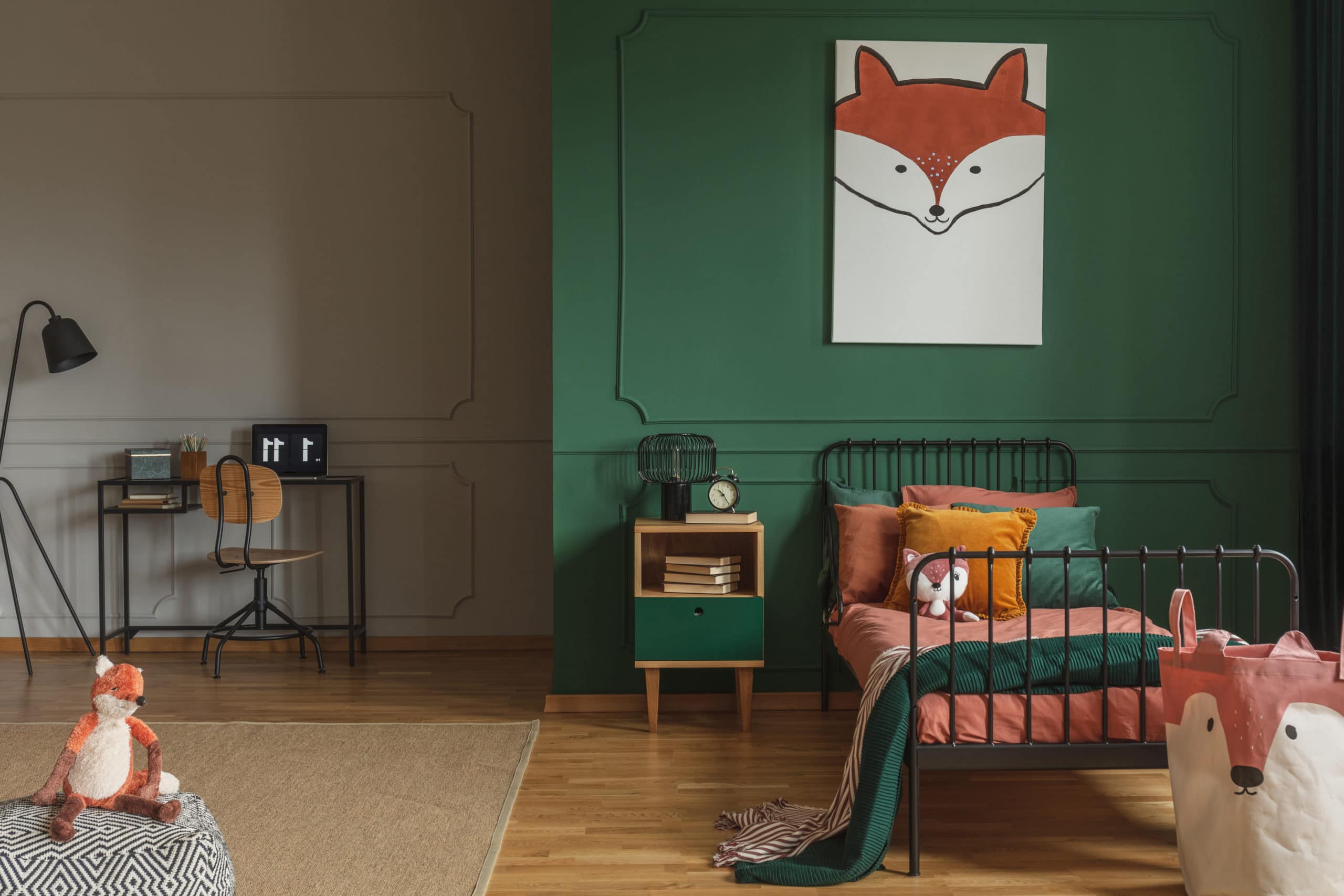
Key Mistakes to Avoid When Picking a Paint Color
While it’s true that there are no real rules when it comes to color selection, there are some mistakes that you should avoid if you want your whole home renovation to go ahead smoothly. There’s nothing worse than getting to the end of a project and then realizing that you’ve overlooked something or made a bad judgement call.
- Don’t overwhelm a space with too many colors. Confusing color palettes can create anxiety and discomfort. The effect can be subtle, but it will begin to grind on you over time. Aim to create livable spaces that you can enjoy for the lifetime of your home.
- Don’t be afraid to make a space pop. Feature walls are excellent for bringing bold color to an otherwise neutral room. Don’t be too conservative when painting a feature wall.
- Understand the relationship between light and color. Even if you love how certain colors can pop during the day, you might want them to be more subdued in the evenings. You can work with contractors in Des Moines to install diffused lighting fixtures that will help to reduce eye-strain and promote relaxation in the evenings.
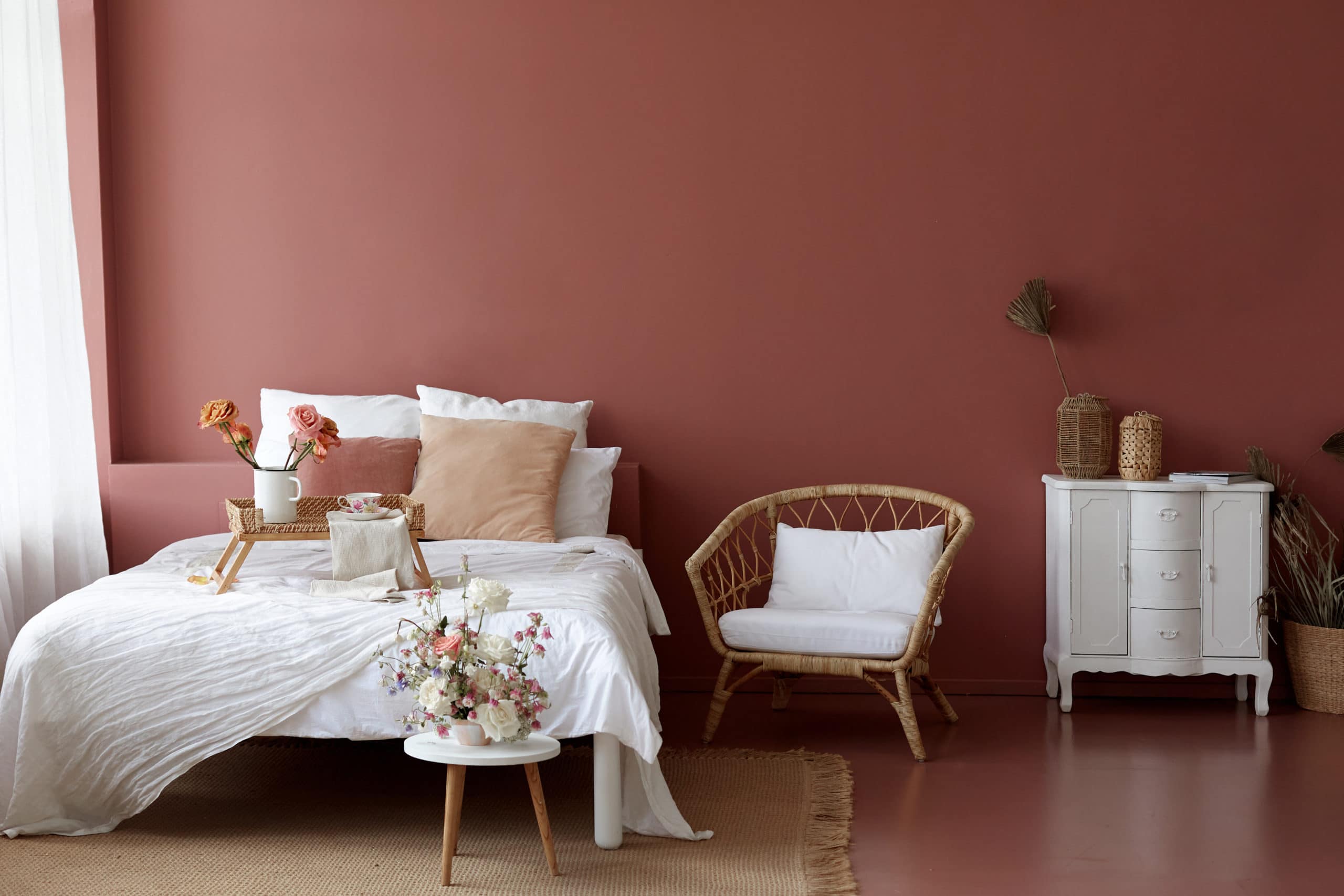
Need Help Designing? Work with a Team of Renovation Experts in Des Moines
Whole home renovation is a big undertaking. Even with all the right preparation, it’s helpful to have some professional support. If you still feel overwhelmed or if you simply want to get the benefits that come from working with design experts, then you can talk to the team at HomeWorx Iowa.
Our designers have years of experience and will help you to create a home concept that is beautiful, functional, and reflective of your unique style. From kitchens to bedrooms, we’ll help you to choose color palettes that bring out the best in your home.
We offer complete design and installation services, ensuring that your project is professionally managed from end to end. We even provide 3D modeling for all your improvements, so you can fully visualize your concepts before work starts.
Color will be key to your whole home remodel. Make sure you get the best results and a long return on your investment by working with the best contractors in Des Moines.

